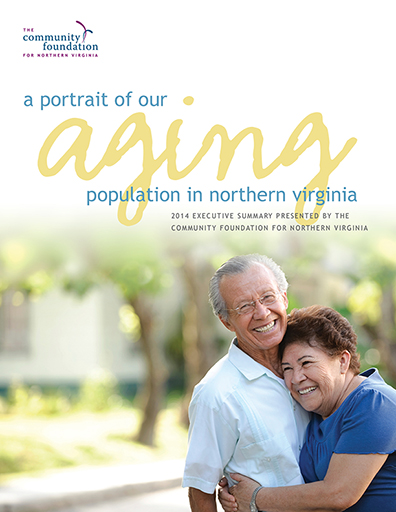A major demographic shift is underway in Northern Virginia. Over the next two decades the elderly population will grow much more rapidly than any other population group, more than doubling between 2010 and 2030. In 2010, there were 192,589 Northern Virginians 65 years of age and over. That population will grow to more than 326,000 by 2020 and to more than 429,000 by 2030. There will be substantially larger elderly populations in all local jurisdictions over the coming decades.
It has long been assumed that population aging portends consequential social change. Aging is associated with deteriorating health, increasing disability and dependency, social isolation, and growing economic insecurity. In addition to greater stress on elderly individuals and their families, there is concern that larger numbers of older people may tax the social, economic support, and health care services likely to be needed by an aging population.
With these concerns and expectations as background it is little wonder that many of us, including those providing services to the elderly and policymakers, often view population aging with considerable trepidation. The Community Foundation for Northern Virginia’s A Portrait of our Aging Population in Northern Virginia examines the demographic changes underway and explores their social and economic implications. The report presents data and analyses that document population trends, relates them to social, economic, and health conditions and identifies areas of concern that may warrant special attention and remediation.
The study documents Northern Virginia’s favorable demography. The data and analyses show that Northern Virginia remains substantially younger, more affluent, better educated, healthier, and more ethnically diverse than the U. S. and Virginia populations. These favorable conditions and circumstances extend fully to the region’s elderly population. It too is better educated, more affluent, more diverse, more stable economically, much healthier, and younger (skewed toward the younger end—those 65-74 years of age—of the elderly age group) than elderly populations statewide and nationally. Though the age profile of Northern Virginia’s population is such that it will age at a somewhat faster rate than statewide and nationally, the region’s favorable demographic profile will remain one of its more distinctive features for at least the next two decades.
Favorable conditions and social indices that are likely to persist over the next two decades include:
Greater economic stability
Older Northern Virginians are likely to remain more economically stable than older populations elsewhere. Reflective of their better health and education, a comparatively high percentage of the elderly Northern Virginians population remains in the workforce. The percentage of older Northern Virginia households reporting earned income is about 36% higher than nationwide. Household and retirement income are higher, and the poverty rate lower, than elsewhere in Virginia and nationwide. Net financial assets too are higher, and participation in public economic support programs lower, than elsewhere in Virginia.Superior health
Older Northern Virginians are comparatively healthy and most health indices are improving. Incidence and prevalence of most chronic conditions are relatively low. Mortality among older Northern Virginia’s is lower than expected; the death rate for older Northern Virginians is about 25% lower than the national rate. This pattern holds for all leading causes of death.Better health indices are reflected in substantially lower demand for health services and use of medical facilities. On average older Northern Virginians have about one-third fewer hospital admissions and require about 40% fewer nursing home days of care than older populations statewide and nationally. Though demand for medical care is relatively low among older Northern Virginians the reported treatment rate for those with complex health concerns such as emotional and psychiatric problems is nearly 40% higher than the reported treatment rate statewide.
These favorable conditions, which are likely to persist for at least the next two decades, means that there will need to be considerably less capital investment in medical care facilities and in health related social services than is likely to be the case elsewhere. It also means that the majority of elderly Northern Virginians are likely to have more disposable income to meet the challenges of aging than might otherwise be assumed or expected.


 Questions?
Questions?




